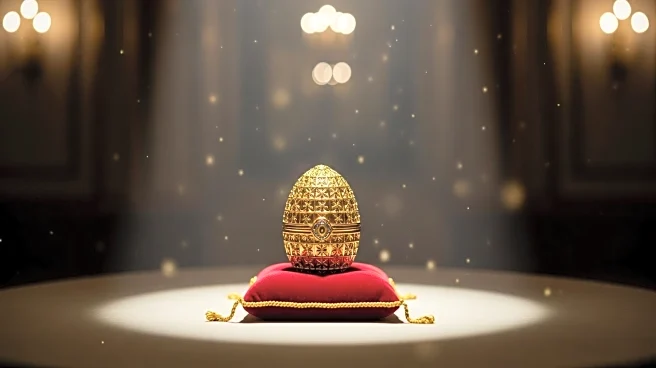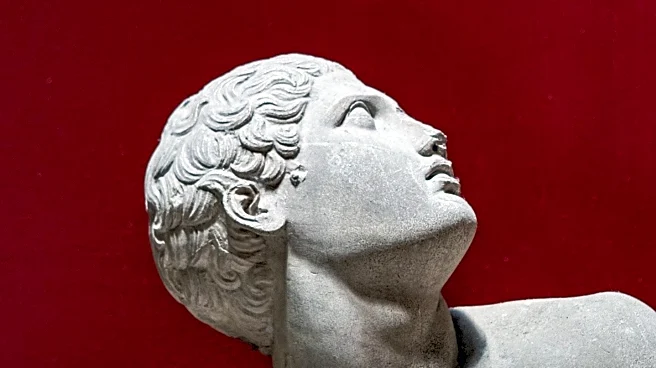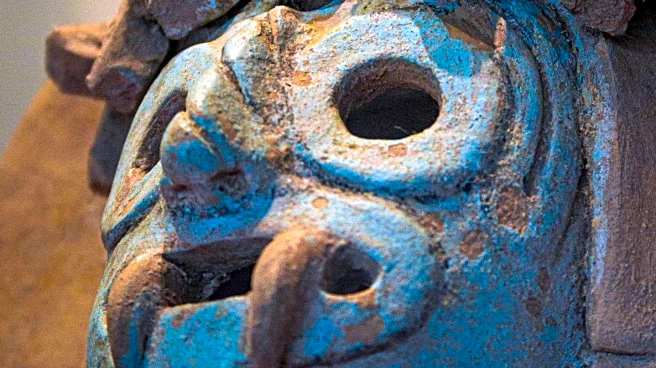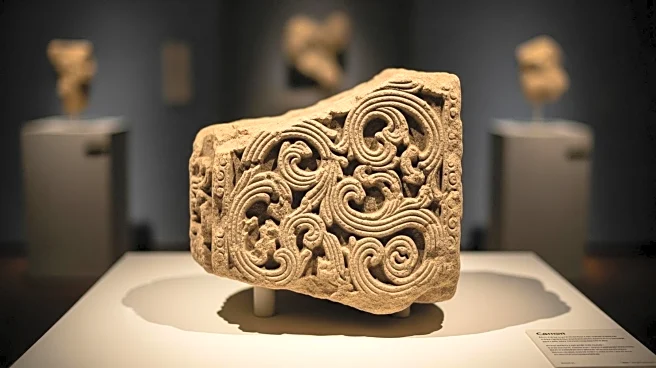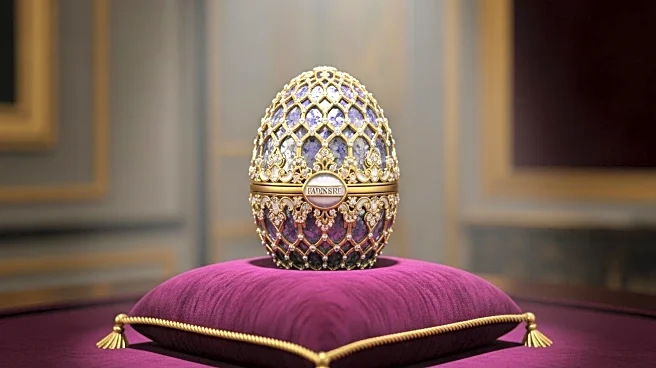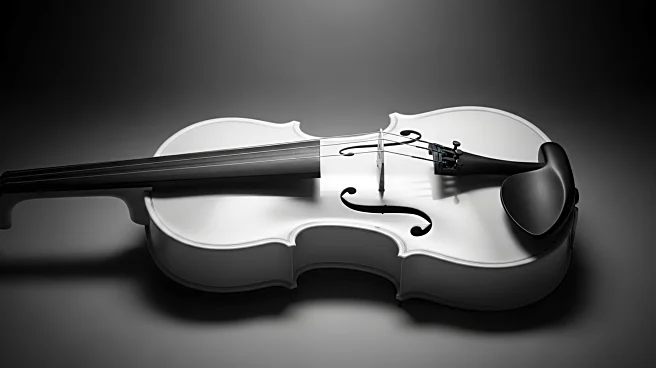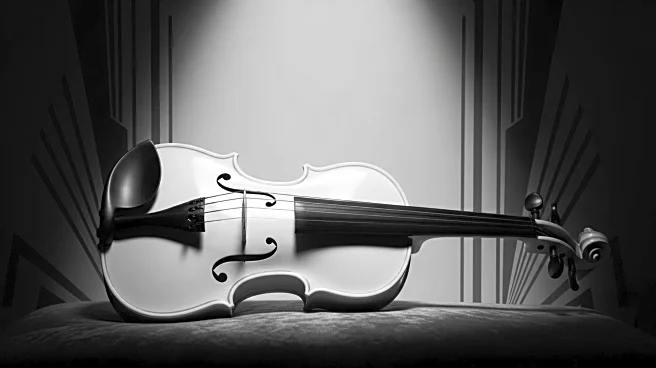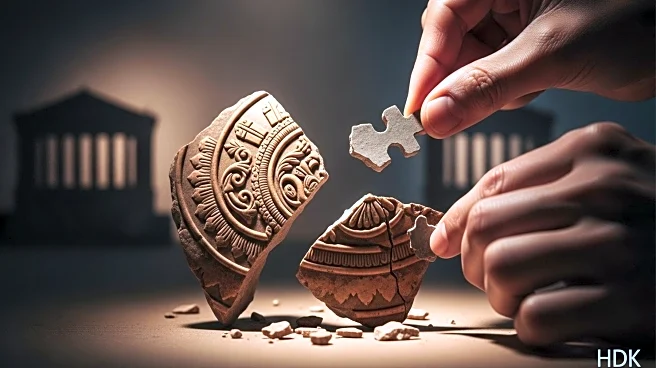What is the story about?
What's Happening?
Christie's is set to auction the Fabergé Winter Egg, a masterpiece created by Alma Pihl, one of Fabergé's most celebrated designers. This egg, originally gifted by Nicholas II to his mother in 1913, is crafted from rock crystal, platinum, and rose-cut diamonds. It is expected to sell for over £20 million ($27 million) during London's Classic Week in December. The Winter Egg has a storied history, having been sold multiple times, including at Christie's Geneva in 1994 and Christie's New York in 2002, each time setting records for Fabergé works. The current record for a Fabergé egg is held by the Rothschild Egg, which sold for £8.9 million in 2007.
Why It's Important?
The auction of the Winter Egg is significant as it represents one of the few remaining Imperial Easter Eggs in private collections, offering collectors a rare opportunity to acquire a piece of history. The sale highlights the enduring allure and value of Fabergé creations, which are considered masterpieces of craftsmanship and luxury. The potential record-breaking sale underscores the high demand for such historical artifacts, reflecting their cultural and economic significance. Collectors and investors in the art world stand to gain from the prestige and potential appreciation of such a unique item.
What's Next?
As the auction approaches, collectors and art enthusiasts are likely to closely monitor the event, anticipating the final sale price and its impact on the market for Fabergé works. The outcome may influence future auctions and valuations of similar historical artifacts. Additionally, the sale could spark renewed interest in the history and craftsmanship of Fabergé, potentially leading to increased public and scholarly attention.
Beyond the Headlines
The auction of the Winter Egg also raises questions about the ethical implications of owning such historical artifacts, particularly those with ties to imperial and revolutionary histories. The sale may prompt discussions about the preservation and accessibility of cultural heritage, as well as the responsibilities of private collectors in maintaining and sharing these treasures.
AI Generated Content
Do you find this article useful?
